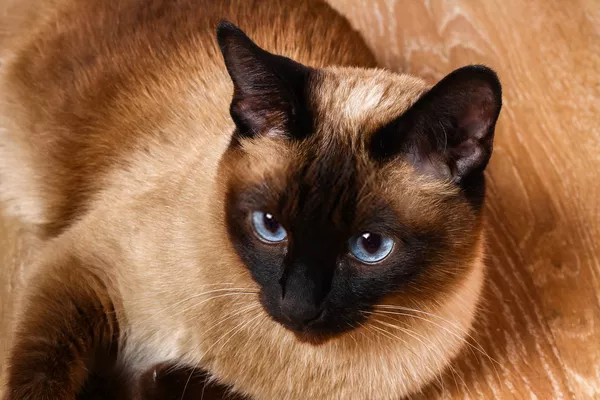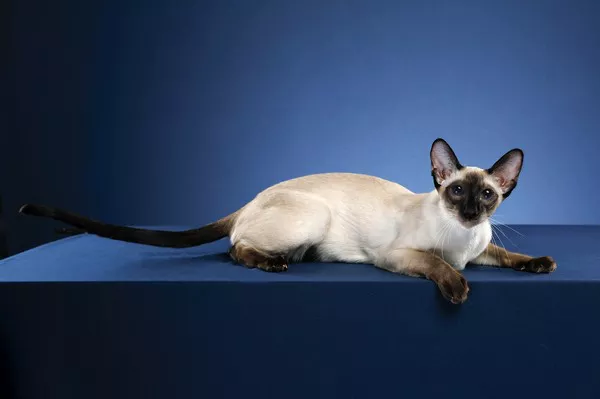Cats are known for their independent nature, but as responsible pet owners, it’s crucial to ensure they receive proper nutrition. Recognizing when your feline friend is hungry is an essential aspect of their care. Unlike dogs, cats may not exhibit overt signs of hunger, making it challenging for some pet owners to identify when it’s time to feed their furry companions. In this article, we’ll delve into the subtle cues and behaviors that can help you understand if your cat is hungry.
8 Signs Your Cat is Hungry
1. Observing Body Language
Cats communicate a lot through body language, and their hunger cues are no exception. Pay close attention to your cat’s behavior and posture. If your cat is meowing more than usual, rubbing against you, or pawing at their food bowl, these may be signs of hunger. Additionally, a hungry cat might exhibit restlessness and may follow you around the house, indicating a desire for a meal.
2. Vocalization Patterns
Meowing is a common way cats express themselves, and the frequency and tone of their meows can provide insights into their hunger levels. While some cats are naturally more talkative, an increase in vocalization, especially around mealtime, may indicate that your cat is hungry. It’s essential to differentiate between regular communication and the specific meows associated with hunger.
3. Changes in Eating Habits
Understanding your cat’s typical eating habits is crucial. Any noticeable change, such as a sudden increase or decrease in food consumption, may signal an issue. If your cat is skipping meals or finishing their food quickly and looking for more, it could be a sign of increased hunger. Conversely, a decrease in appetite might indicate an underlying health concern.
4. Weight and Physical Appearance
Maintaining a healthy weight is vital for your cat’s overall well-being. Regularly monitor your cat’s weight and body condition. If you notice a sudden weight loss or gain, it could be related to changes in their appetite. A consistently hungry cat may lose weight, while a cat who is disinterested in food may gain weight due to a potential health issue.
5. Purring and Affectionate Behavior
Cats often display affectionate behaviors, but an excessively affectionate cat may be trying to communicate hunger. If your cat is purring more than usual, rubbing against you, or seeking extra attention, it could be a subtle way of expressing their desire for a meal. Pay attention to these cues, especially if they coincide with typical feeding times.
6. Investigating the Food Bowl
Cats are curious creatures, and if they are hungry, they may inspect their food bowl more frequently. This behavior can include sniffing around the bowl, batting at it with their paw, or even attempting to open containers. Take note of your cat’s interest in their food bowl, as it can serve as a clear indicator of their hunger.
7. Creating a Feeding Routine
Establishing a consistent feeding routine is beneficial for both you and your cat. Cats thrive on predictability, and a set feeding schedule helps regulate their hunger levels. Divide their daily food portion into several meals, serving them at the same times each day. This routine not only helps manage hunger but also provides a structured environment that many cats find comforting.
8. Monitoring Health Conditions
While changes in behavior can indicate hunger, it’s crucial to rule out any underlying health issues that may affect your cat’s appetite. Dental problems, gastrointestinal issues, or other health conditions could contribute to changes in eating habits. Regular veterinary check-ups can help ensure your cat’s overall health and address any concerns related to appetite.
See Also: How Do I Know If I’m Feeding My Cat Enough?
Conclusion:
Recognizing when your cat is hungry involves keen observation and an understanding of their unique communication methods. By paying attention to subtle cues such as body language, vocalizations, and changes in eating habits, you can ensure that your feline companion receives the nourishment they need for a healthy and happy life. Establishing a feeding routine and staying vigilant about your cat’s overall health will contribute to a strong bond between you and your beloved pet. Remember, being attuned to your cat’s needs is a key aspect of responsible pet ownership.











![Do Birman Cats Like to Cuddle? [Revealed!]](https://www.catsmeowweb.com/wp-content/uploads/2023/06/burmese-cat-6.webp)

![Do Birman Cats Like to Cuddle? [Revealed!]](https://www.catsmeowweb.com/wp-content/uploads/2023/06/burmese-cat-14.webp)













